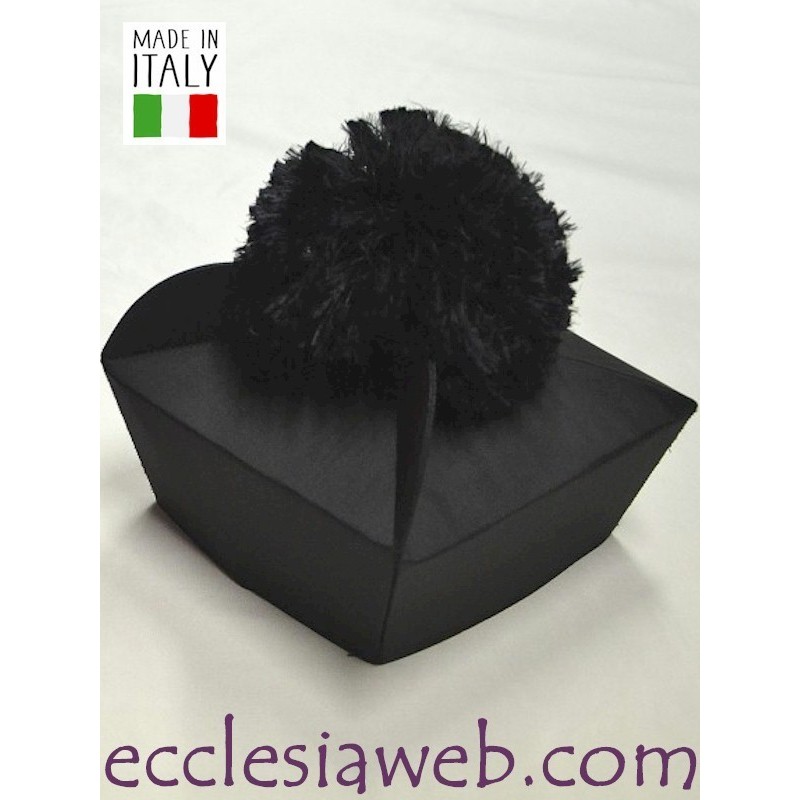



Three-pointed or three-pointed beanie in pure silk, lined in cotton with silk bow made by hand. For Priests and Bishops.
Colors: black - black/foo paonazzo - black / crimson bow, Pandora Silk.
Only on request.



Three-pointed or three-pointed beanie in pure silk, lined in cotton with silk bow made by hand. For Priests and Bishops.
Colors: black - black/foo paonazzo - black / crimson bow, Pandora Silk.
Only on request.
check_circle
check_circle
